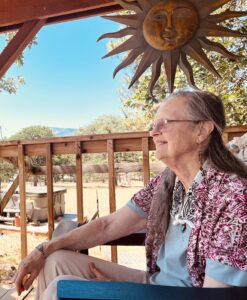It’s good to remember, when we walk in the woods and through the meadows, up the mountain and across the rivers, that we step where other feet have trod, that we are a part of the history of these mountains just as were the people who came before us. –Diana Coogle, Applegate author
The Applegate Valley was named after Lindsay Applegate, who was looking for a route to the California gold mines in the 1848. He evidently saw the mouth of the river but, curiously, there is no evidence that he actually set foot in the Applegate!
Nevertheless, the Applegate name stuck, and it’s just as well. It has an appropriately bucolic ring to it, implying fruitfulness and welcome—and two traits that well-capture the spirit of the place.
The McKee Bridge Historical Society is a great place to start your exploration of Applegate Valley history. The organization has created a comprehensive virtual museum with troves of old photos and stories of the Applegate. You can also enlist their History Trail brochure to guide a drive to renowned sites around the valley.
Below are a few significant places to get in touch with the different eras of Applegate Valley history:


 “When I came to the Applegate and learned the real history of the major cultural conflicts, I felt I had to do something. We all have a responsibility to strive for healing.”
“When I came to the Applegate and learned the real history of the major cultural conflicts, I felt I had to do something. We all have a responsibility to strive for healing.” Buncom:
Buncom: “Mr. Britt has successfully demonstrated the problem that a first-class quality of wine can be manufactured here.” —Oregon Sentinel, 1866
“Mr. Britt has successfully demonstrated the problem that a first-class quality of wine can be manufactured here.” —Oregon Sentinel, 1866